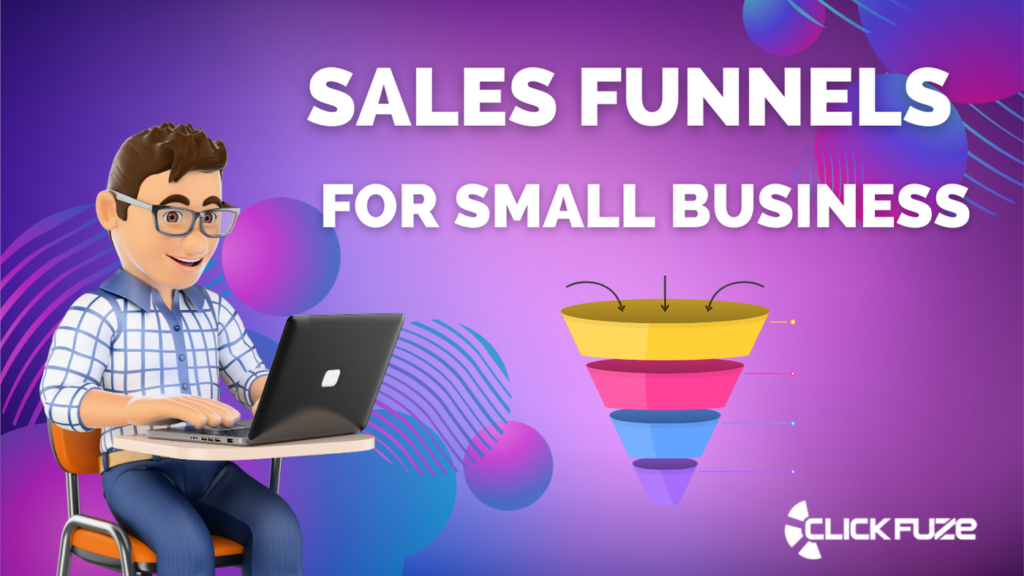Do you have an effective Sales Funnel in place that is working for you?
A sales funnel is a marketing concept that maps out the journey a customer goes through when making any kind of purchase. The model uses a funnel as an analogy because a large number of potential customers may begin at the top end of the sales process. Still, only a fraction of these people actually end up making a purchase. There are multiple sales to a sales funnel, usually called as the top, middle, and bottom of the funnel, depending on a company’s sales model.
As prospects pass through each stage of the funnel, they signify a more profound commitment to the purchase goal. Most businesses, whether online or conventional, use this model to guide their B2C or B2B marketing efforts in each stage of the sales funnel. Whether you are selling a product or service, a well implemented Sales Funnel is needed to be in place.
The 5 Basic Sales Funnel Stages are the following:
- Awareness
- Interest
- Desire
- Action
- Loyalty
Why do you need a High Performing Sales Funnel?
There are many benefits to creating sales funnels and using them to effectively guide leads into becoming paying customers. Here are six of them:
A focused sales and marketing strategy
Your prospect can get in touch with you at any moment of their customer journey, whether it’s early research or late decision stage. So it’s important to align your marketing and sales efforts so that they receive the information they need even when you don’t have the ability to deliver it directly as a sales person. With a proper sales funnel in place, you can deliver the proper offer to your prospects outside of your sales conversations.
The right message at the right time
A sales funnel allows businesses to see the customer journey clearly and provides information for the stage the customer is currently in.
When prospects are newly introduced to your brand, they need content that is curated to make them get a better understanding of what you truly sell. So, in effect, they are at the Awareness stage of the funnel; they require blog posts, infographics, landing pages, and checklists to make them feel more familiar and comfortable with your brand.
Similarly, individuals (or leads at this point) at the desired stage understand your business and thus need product overviews, webinars, demos, and case studies that compel them to take the desired action.
Saves time and effort
With a full-sales funnel in place, not only your marketing and sales strategy will align, but you will save a lot of time by creating content just one time that is curated for all individual stages of the funnel.
For example, you can create a blog post that addresses a specific pain point and disseminate it among all the prospects in the awareness stage of the funnel looking for a solution to the problem. Also, you can create strategic lead magnets that you offer to leads on the Desire stage.
Increased sales
As prospects are nurtured as they go down the funnel, there are chances that, if your sales funnel is fully optimized, you can see an increase in your sales. Nurtured leads result in 47% more sales compared to non-nurtured leads.
Hence, work to optimize your funnel and ensure that all the pain points and all potential gremlins are fixed and your leads reach the bottom of the funnel ready and excited to make a purchase.
Improved forecast accuracy
Sales funnels can predict future revenue that your business will generate. Using metrics like conversion rate from the awareness stage to the action stage, you can calculate the percentage of leads you expect to convert and multiply the number by the total estimated deal size in the funnel. This will give you a sales forecast.
So, the formula for sales forecasting depends on the number of prospects in the awareness stage, the estimated deal value, and the likelihood of the prospect’s purchasing.
Need help with planning and building out an effective Sales funnel for your Small business? Please contact us to setup a consultation to discuss your marketing needs.

